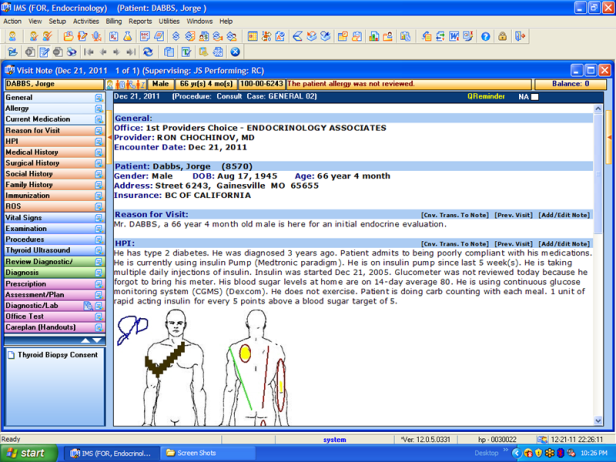Practitioners always go for the best EMR and EHR systems for their practice. Whether you’re shopping for your first EHR or looking to switch from one to another, there are several features you should consider to get the most out of your experience.
If you are still uncertain, we suggest you read this article to know and figure out the best features you need for your EMR & EHR.
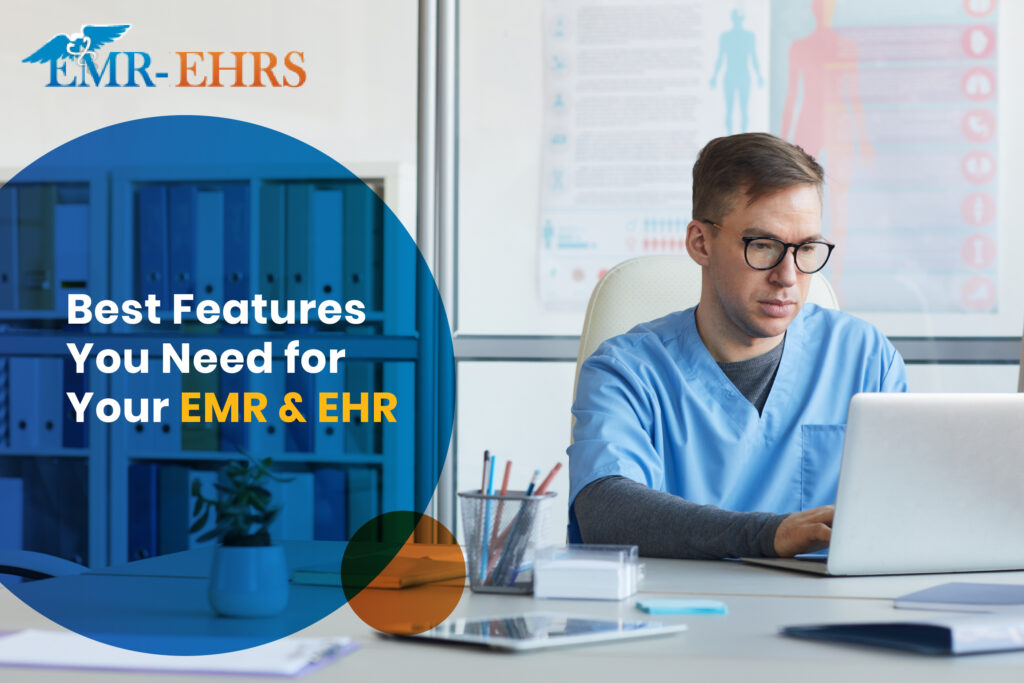
Billing and Coding Software
It’s often a complex process to bill for medical services, so you need an EHR with efficient billing tools. With this billing software, clean claims will increase and reduce areas of human errors.
With an integrated billing dashboard, providers should be able to view billing reports and analytics without ever leaving their EHR. Utilize concise financial information and graphs to make real-time adjustments.
If you choose to outsource billing, you will benefit from working with your EHR vendor’s revenue cycle management department. Outsourcing billing services to a third party can help you eliminate time-consuming billing mistakes.
Meet Meaningful Use
Using a certified EHR system to demonstrate meaningful use can avoid penalties and save money.
According to the Centers for Medicare and Medicaid Services (CMS), the Promoting Interoperability Programs (PIPs) require hospitals to demonstrate meaningful use by 2021 in four categories:
- Electronic Prescribing
- Health Information Exchange (HIE)
- Provider to Patient Exchange
- Public Health and Clinical Data Exchange
With that in mind, choosing an EHR system certified by the ONC-ATCB ensures that your EHR software supports meaningful use requirements.
Simple and Easy-to-Use
Did you know that the best feature is the most simple? Doctors spend more than a third of their time using EHRs, so the design should be intuitive and easy. You can navigate the system through drag-and-drop functionality and a minimal screen with a few mouse clicks.
Such an EHR tracks the entire clinical encounter on a single screen, so it saves time and effort without reloading any pages.
Online Reporting & 24/7 Access
If you want to use an electronic medical record system, make sure you can access it anywhere and anytime – that means it’s web-based (cloud hosting) to use it from any internet-connected device (web, mobile, tablet). Also, ensure that your EHR is accessible on both a Mac and a PC. Doctors must have access to patient records, regardless of the type of digital device or the location.
On the other hand, EMRs that let you customize reports are the best. It should be able to generate reports automatically based on the data it collects, such as patient history, documents, test results, financial information, and other information.
Your EMR system should provide charts and downloadable reports about the delivery, analysis, results, and accuracy of lab tests for lab-dependent practices. Therefore, you should understand how your EMR solution’s reporting system can be customized for your needs.
Enhanced Security
Of course, you have every right to worry about safeguarding sensitive and personal information about your patients. Due to the issue of identity theft, losing privacy could be devastating for a person’s emotional health and financial security. In paper-based systems, filing cabinets and storage devices generally require locks and keys for access and are usually located in more secure locations. This involves much work, and it does little to protect patients’ records compared to using an EMR. Using an EMR, you can establish role-based access that only authorized personnel can access.
Better Communication System
Communication with sources outside the practice is a vital characteristic of an EHR.
With patient portals, patients can freely access their information on their medications, lab test results, appointment schedules, and education resources. Using an in-system portal or third-party software integration such as Google Health can achieve this.
Patients can use their EHR’s secure direct messaging system to communicate directly with their doctors instead of commuting. However, physicians may request an in-person visit if their patient has serious changes in their health or with medications.
EHRs offer enough scheduling functionality that many practices can get by without a separate scheduling system.
- Patient Portal
- Appointment Scheduling Tool
- Secure Direct Messaging (SDM)
- E/M Coding
- Telehealth
The EHRs Functions
Data management with EHR software improves clinical operations and consumer experience. Yet, how do EHR systems work?
Below are the steps on how to use EHR software:
- First, the patient visits the medical facility. The check-in form asks visitors about their previous treatment, surgeries, and allergies. When patients log into their online medical accounts, they can see their visits, appointments, and prescriptions.
- With a scheduling tool, the receptionist makes an appointment with the healthcare provider. It automatically selects the next appointment time according to the doctor’s schedule.
- Doctors review patient specifics on an electronic chart when they receive an appointment notification. Once a visit is complete, the doctor enters the diagnosis, action plan, and prescriptions into the digital record.
- The system sends the prescriptions to the pharmacy. Once the order has been put together, the patient will receive it.
- The EHR platform generates the bill, which the financial department passes to the patient.
- The system submits the insurance claim, ensuring that the format matches the insurer’s requirements.
- The medical laboratory might also be permitted to access the EHR if a patient needs to submit lab tests. If the doctor requests, he/she can review the results.
Conclusion
By knowing this information, you’ll be better positioned to choose the best software for your practice and provide excellent care to your patients! Do you have any additional EMR/EHR guidelines to add to this list? Leave a comment!
Choose the Top EMR/EHR Software
Efficiently streamline your healthcare operations with our advanced EHR and EMR solutions, tailored to meet the specific needs of your practice.
Schedule a demo or contact us through the contact form for more personalized information. Let’s work together to find the best software for your practice!
Do you have a favorite EHR AND EMR software add-on? Feel free to comment below!

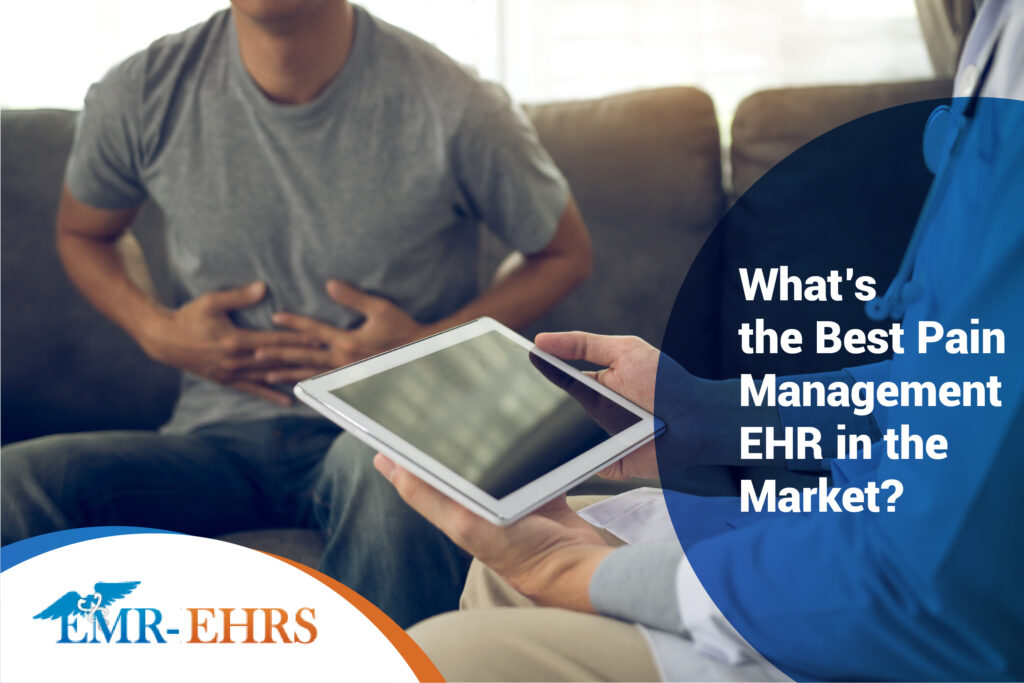
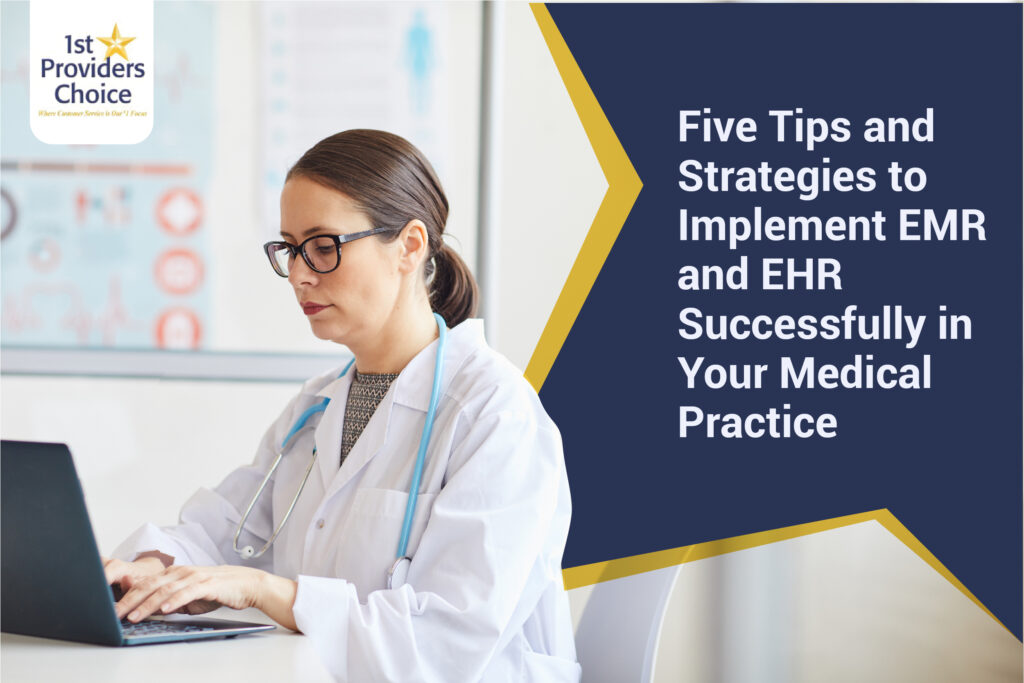
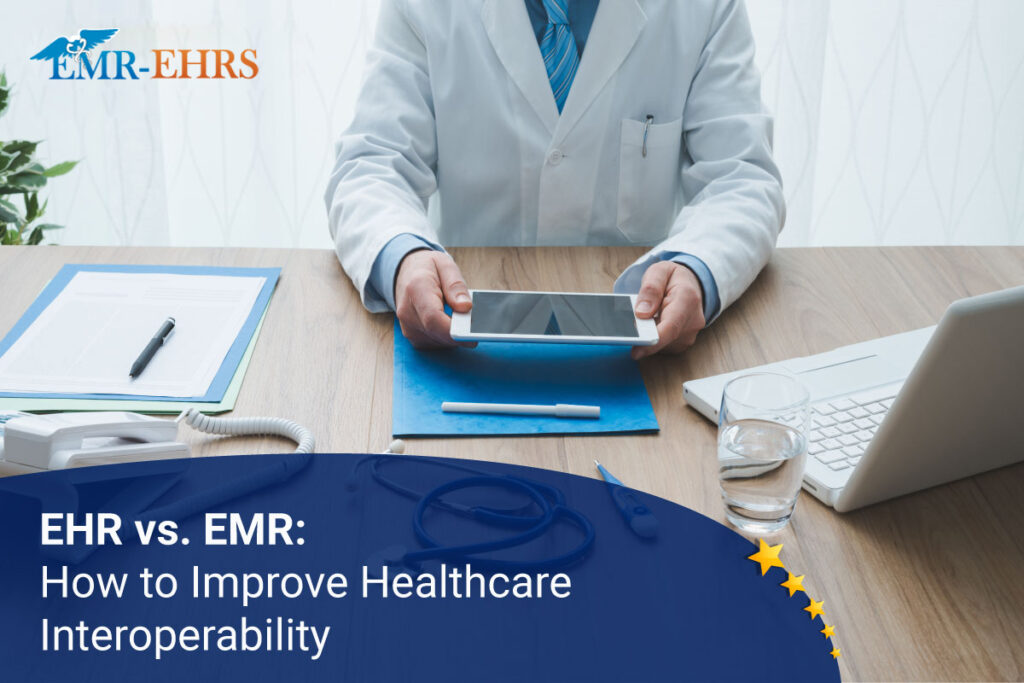
 The American Academy of Pain Medicine (AAPM) is holding their 30th annual Pain Medicine conference this March, titled the Emerging Science & Research of Pain Medicine – and 1st Providers Choice is proud to announce that our
The American Academy of Pain Medicine (AAPM) is holding their 30th annual Pain Medicine conference this March, titled the Emerging Science & Research of Pain Medicine – and 1st Providers Choice is proud to announce that our 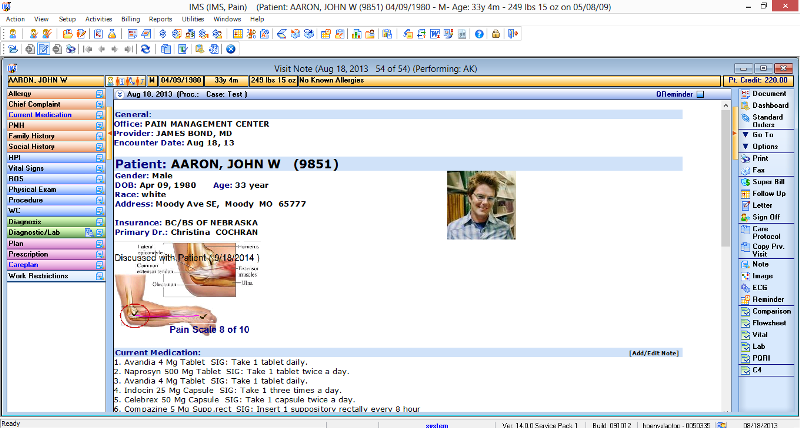
 The selection process to find the ideal
The selection process to find the ideal 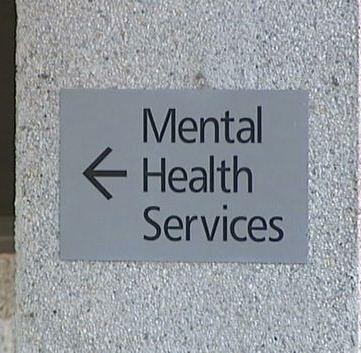 Times are changing in the medical field, and it’s not hard to see why. Modern technology has brought about a myriad of benefits, facilitating higher efficiency, accuracy and convenience for both doctors and patients alike. Through the use of
Times are changing in the medical field, and it’s not hard to see why. Modern technology has brought about a myriad of benefits, facilitating higher efficiency, accuracy and convenience for both doctors and patients alike. Through the use of 